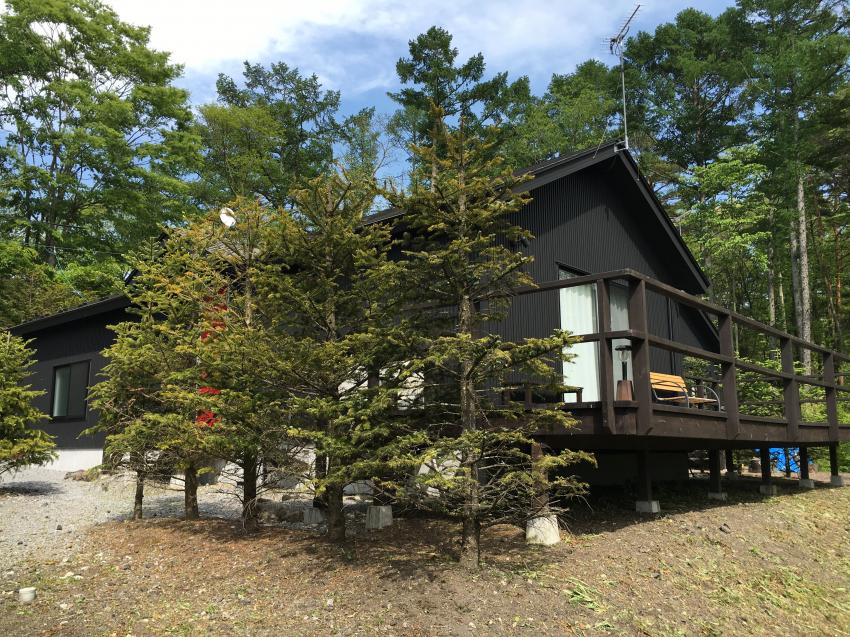
Two of Karuizawa’s intangible folk cultural assets, “Oiwambushi (Oiwambushi song and Shinano Oiwambushi song)” and “Taisagura (dance of scattering rice, dance of a thousand arrows, and dance of a crow)” were designated as intangible folk cultural assets by the Town of Karuizawa on June 27, 2023.
Karuizawa has long been a major transportation hub, with many travelers coming and going. In the Edo period (1603-1867), when the Nakasendo Highway was built, “Oiwabushi,” a work song, was born among the stable boys who carried people between the three inns of Karuizawa, Kutsugake, and Oiwabushi, which are known as the three inns of Asama-Nekoshiki, and the steep mountain pass roads. The song was sung at banquets and special occasions by the women who worked in the inns of the three inns. Two types of “Oiwambushi,” one in the work style (Oiwambakouta) and the other in the tatami room style (Shinano Oiwambu), spread along the highways throughout the country, and Karuizawa became the birthplace of Oiwambushi.
Kumano Gongen (Usui Gongen), a shrine at the top of the Usui Pass, straddles the national border between Shinano (Nagano Prefecture) and Ueno (Gunma Prefecture). The shrine has long been the site of the Taisai Kagura (Shinto music and dance) performed by the families of the pass and the members of the ko (a group of priests). Since the Meiji period (1868-1912), the shrine has been called Kumano Koutai Shrine on the Nagano side and Kumano Shrine on the Gunma side, but the tradition is still carried on today and can be seen twice a year at the annual festival.
This exhibition commemorates the town’s designation as an Intangible Folk Cultural Property and introduces two intangible folk cultural properties with related materials.
*For more information on this exhibition, click here→Exhibition flyer front page (PDF/441KB)





















